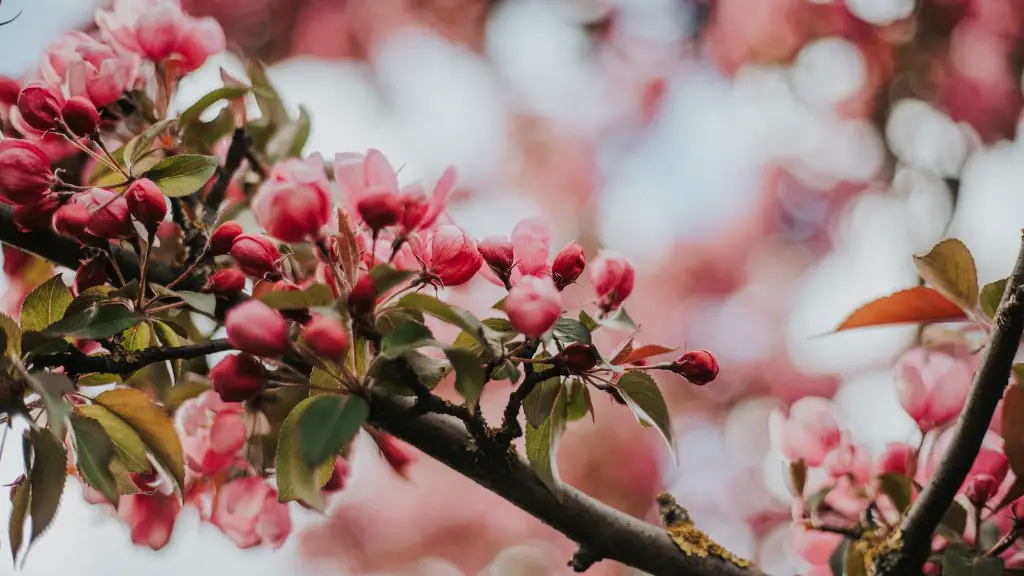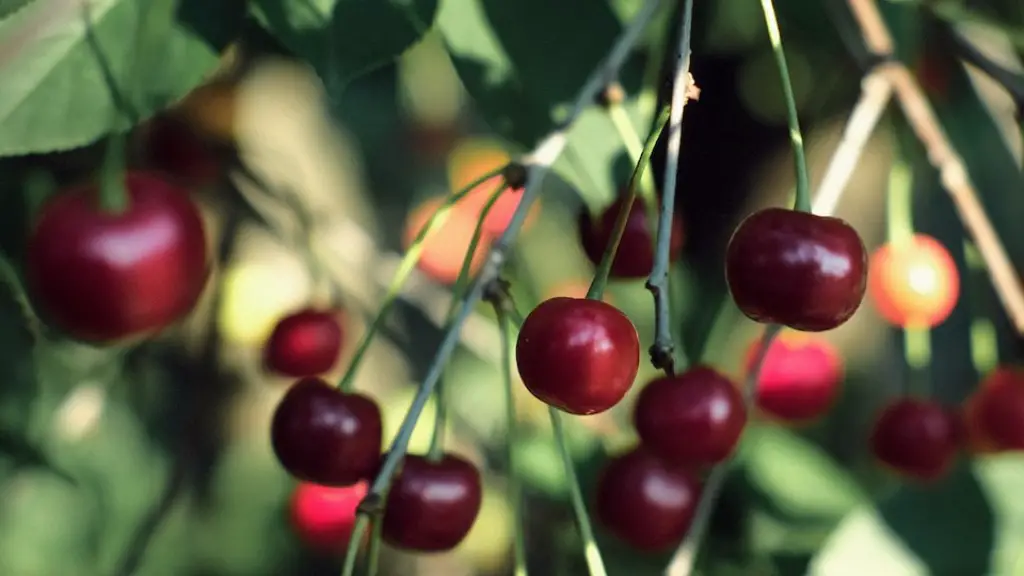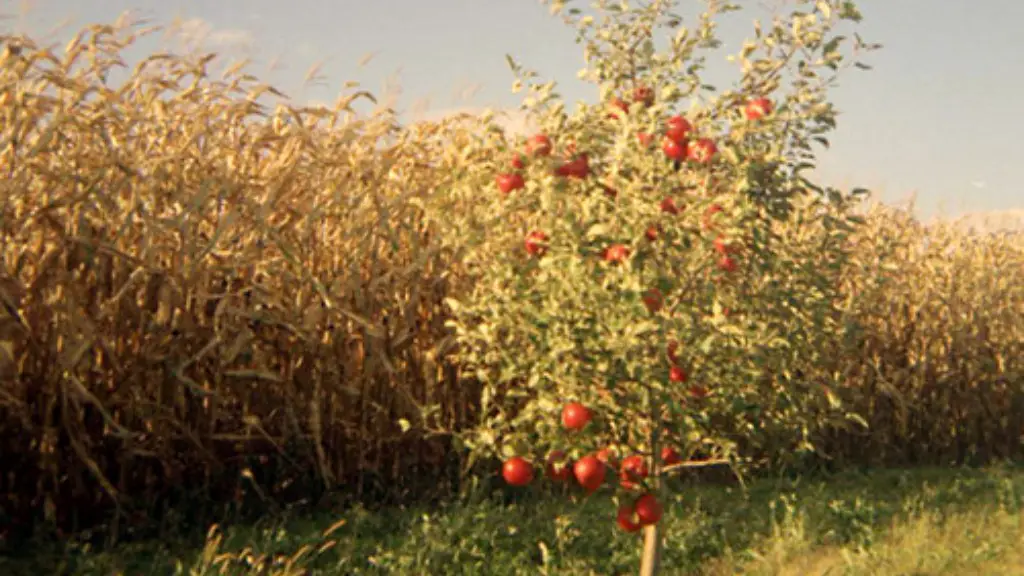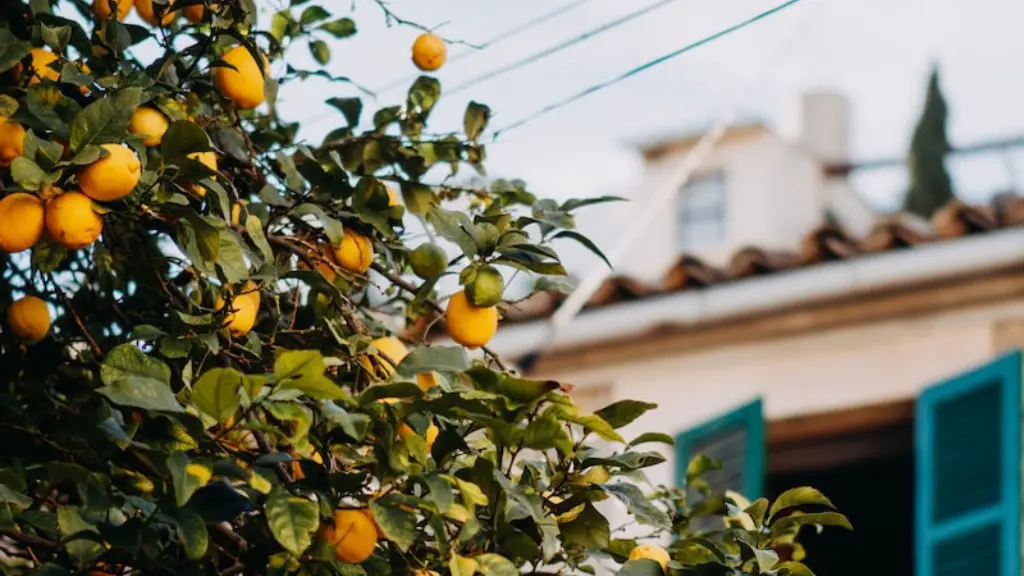Cherry trees are a beautiful addition to any landscape. Their beautiful spring blooms and vibrant foliage create a stunning visual contrast to landscape designs. Pruning cherry trees can help keep them healthy, shaped, and attractive. It also encourages vibrant growth and improves the overall quality of the tree. Whether you are pruning an ornamental cherry tree or a fruiting cherry tree, the same principles apply.
The most important thing to remember when pruning a cherry tree is that it is best done when the tree is in a dormant stage. This usually occurs during the late fall or early winter months. Pruning in this period reduces the risk of shock to the tree, as it does not take away from the tree’s energy used for production or growth. If done correctly, it should encourage more bloom and fruit come spring.
When pruning an ornamental cherry tree the first step is to remove all dead, diseased, or broken branches. Removing these branches will help with air circulation throughout the tree and reduce the chance of any diseases or pests making their way through. Once these branches are gone, it is time to move onto shaping the tree.
Shaping an ornamental cherry tree should be done in a natural, rounded canopy. Start by cutting back any branches that are rubbing against other branches or growing out of the canopy. To preserve a more natural appearance, try to avoid making sharp right angles and use more gradual curves. All pruning cuts should be clean and smooth. Be sure to prune the tree into a good shape but avoid pruning it too much as this can lead to unsightly, sparse canopies.
When shaping and pruning an ornamental cherry tree, it is important to remember to always cut back branches in way that will preserve the natural shape of the tree rather than drastically changing its structure. It may take longer to get the desired effect but it will be much more aesthetically pleasing. The same principles should be applied to fruiting cherry trees as well. Pruning should also be done in such a way as to encourage blooming and production as much as possible.
Finally, when pruning a cherry tree, be sure to use clean, sharp pruning snips and gloves. This avoids damaging any of the delicate branches of the tree and reduces the chances of introducing any diseases or pests to the tree. Taking your time, being patient and avoiding sudden, drastic pruning are all important aspects of pruning cherry trees. Remember to only prune when the tree is in its dormant stage for best results.
Sunlight
The amount of sunlight a cherry tree receives can have a big impact on how much and how well it blooms. Ornamental cherry trees need plenty of sunlight to bloom properly, so it is important to pay attention to where the tree is planted. A location that gets at least six hours of light a day is ideal, but if it gets more then that the tree will be even healthier. If the location of the tree is obstructed and receives less than six hours of light it may be necessary to relocate it.
Shady areas should be avoided as the tree will not bloom as well. In addition, shade encourages the growth of other plants which can eventually take over the area, crowding out the tree. If the cherry tree is located in an area with too much shade, it is possible to thin other plants and trees near it to improve its light exposure.
Water
When it comes to ornamental and fruiting cherry trees, adequate water is key for healthy growth and production. Cherry trees need plenty of water during the growing season, but be sure not to overwater. The best way to do this is to check the soil regularly for moisture. If the top two or three inches of the soil feel dry, then it’s time to water the tree.
When watering a cherry tree, it’s best to apply the water around the base of the tree, ensuring that it reaches the root system. This is important to ensure that the water is getting to the roots of the tree where it is needed. During dry spells and extreme temperatures, it may be necessary to water the tree more than once per week.
Fertilization
Fertilization is important for maintaining the health of your cherry tree. When it comes to fertilization, it’s best to use a high-quality, slow-release fertilizer. This will provide the tree with a steady supply of nutrients and help ensure it stays healthy.
It is best to apply fertilizer before the tree starts to bud. The amounts and concentration of fertilizer will vary depending on the type of tree, the age, and the location. Fertilizing too often or with too strong of a mixture can cause damage to the tree. If your tree is showing any signs of nutrient deficiency, it may be necessary to use a particular fertilizer to make up for it.
Pests and Disease
Pests and diseases can cause major damage to cherry trees, so it is important to be on the lookout for any signs of trouble. One of the best ways to prevent any issues is by pruning regularly and keeping the tree away from any other infected plants or trees. If signs of disease are spotted, it is best to contact an expert to assess the situation and offer advice on how to deal with it.
Using an insecticide may be necessary to get rid of certain pests. If this is ever required, make sure to look for a safe and effective insecticide that is approved for use on cherry trees. If a fungicide is required, make sure to find one that is safe and effective as well.
Pruning Timing
The timing of pruning is important when it comes to cherry trees. Pruning should only be done when the tree is in its dormant state, which usually occurs during the late fall or early winter. Pruning during this period reduces the risk of shock to the tree and encourages better and more bountiful blooms come spring.
It is important to remember that when it comes to any tree pruning, timing is important. If pruned at times other than during the dormant period, the tree can suffer from shock and may have stunted growth the following year. Pruning too often or pruning too drastically can also lead to poor growth.
Care and Maintenance
The right amount of care and maintenance is essential for keeping a cherry tree healthy. In addition to pruning and fertilizing, keeping the tree healthy also involves regular watering and pest control. Taking the time to give the tree the care and attention it needs will help to ensure that it grows healthy and strong.
Additionally, cherry trees should be inspected regularly for any signs of disease or pests. If any signs are spotted, then it is important to take action quickly to prevent the issue from spreading. Addressing this early can help prevent more serious problems down the line. If something is spotted, be sure to contact an expert for advice and assistance.




